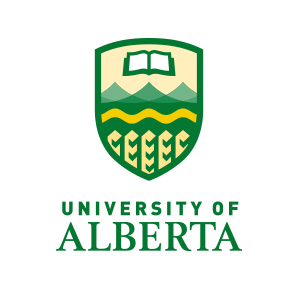There are, the saying goes, three kinds of lies: lies, damned lies, and statistics.
We tend to think about that axiom in the context of politics, where people willfully manipulate numbers to suit their beliefs and goals. But statistical analyses in any context are only as perfect as the people who perform them—which is to say that none of them are.
The predictive scores, algorithms, and other mathematical tools that advancement and alumni teams are increasingly using to evaluate alumni engagement and likelihood to make a gift often obscure reality and, as a result, counterproductively warp our priorities and strategies.
Every engagement or affinity score, or algorithm, or survey result is one or more steps removed from reality. What happens to these numbers in the intervening steps is what makes them powerful, but it is also what should make us wary. Here’s why.






